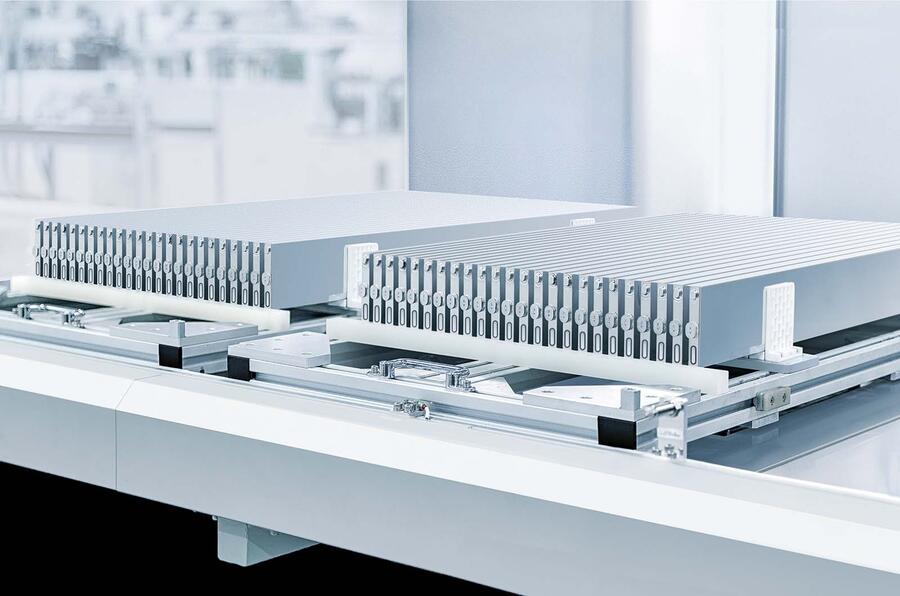EV drivetrains and particularly batteries are developing at a remarkable pace compared with the combustion engine.
As a result, range has increased but probably even more marked is the desire to bring charging times in line with ICE refuelling.
BYD recently announced its Super e-Platform along with the latest ‘flash-charge’ version of its lithium-iron-phosphate (LFP) Blade battery, which is promised to get close to ICE refuelling times by recharging in six minutes.
The new platform is claimed to support charging at up to 1000kW, which seems incredible given the typical rapid-charge rate was 50kW just a few years ago.
The name Blade describes the unusual design of the battery, where long, slim cells almost a metre in length make up the pack, rather than modules packed full of smaller pouch, cylindrical or prism cells.
In that sense it’s unusual, but its LFP chemistry isn’t. The advantage of LFP lies in being economical, cobalt- and nickel-free and, above all, safer. LFP battery chemistry is often used in stationary battery systems (including domestic solar systems) and releases heat slowly and doesn’t release oxygen if damaged.

BYD has demonstrated that its Blade battery cell passes the nail penetration test without emitting fire or smoke, whereas a cell based on alternative chemistry like NMC (lithium, nickel, manganese, cobalt oxide) subjected to the same test reacts violently.
While the basic chemistry of the LFP battery isn’t extraordinary, achieving a charge rate of 10C for the BYD flash-charge battery is. The ‘C’ rate is the rate at which a battery charges relative to its capacity and illustrates how quickly a battery can accept and discharge energy.








